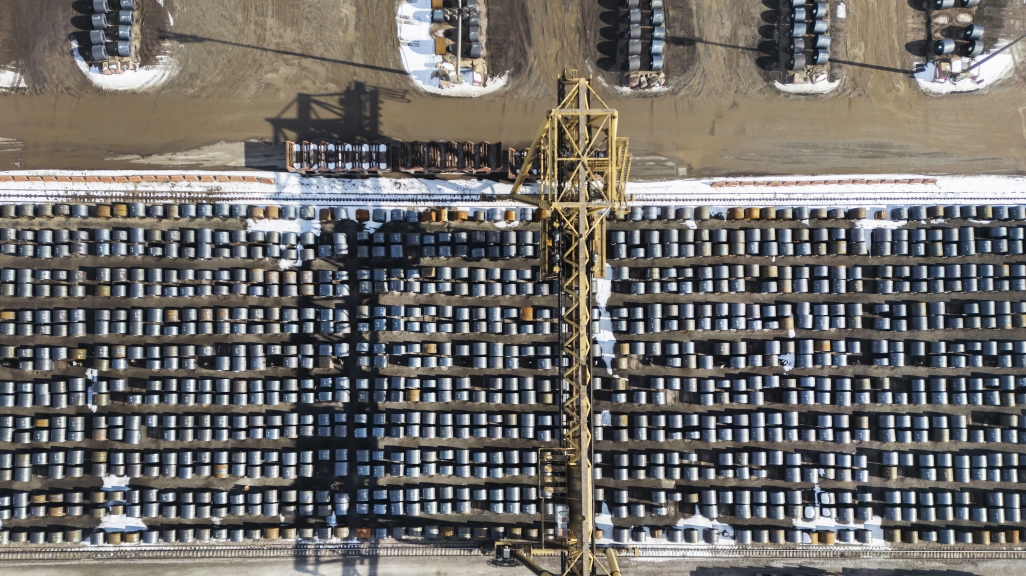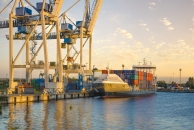What Do Tariffs on Aluminum, Steel, and Copper Mean for the Western Hemisphere?
What Do Tariffs on Aluminum, Steel, and Copper Mean for the Western Hemisphere?
Learn which countries are the leading sources of the products touched by Trump’s trade agenda.
This article was originally published March 12 and has since been updated.
During the six months since his inauguration, U.S. President Donald Trump has implemented two rounds of tariffs on imported aluminum and steel—and threatened to place sectoral tariffs on copper, lumber, and timber imports.
The first aluminum and steel tariffs, set at 25 percent, went into effect in March. Then, on June 4, the administration increased the tariff to 50 percent. Only one country is exempt from the increase: the United Kingdom. “Our nation requires steel and aluminum to be made in America, not in foreign land,” Trump said when announcing the first set of tariffs measures in February.
Both rounds are affecting Canada—the leading source of both imports—and countries in Latin America, as the United States represents a major buyer of aluminum and steel from Argentina, Brazil, and Mexico.
"It's a measure we consider unjust," said Mexican President Claudia Sheinbaum of the 50 percent tariffs. The Brazilian government called the new rate "unjustifiable" and said it was considering how to respond. Canadian Prime Minister Mark Carney said, “The latest tariffs on steel and aluminum are unjustified. They’re illegal. They’re bad for American workers, bad for American industry, and of course for Canadian industry as well."
On July 8, Trump announced his intention to place 50 percent tariffs on copper imports. This came after he signed orders calling for an investigation into the national security impact of the imports of copper, timber, and lumber. This potential rate on copper is higher than the 25 percent rate he hinted for these three products during his March 4 address to Congress.
Which countries in the Western Hemisphere are the leading sources of these imports for the United States? AS/COA Online looks at U.S. trade around steel, aluminum, copper, timber, and lumber.
What does the U.S. president's “America First” trade policy mean for the region? AS/COA is monitoring the new administration's approach.
AS/COA is tracking the U.S. president's actions toward the region, including on trade and migration.



